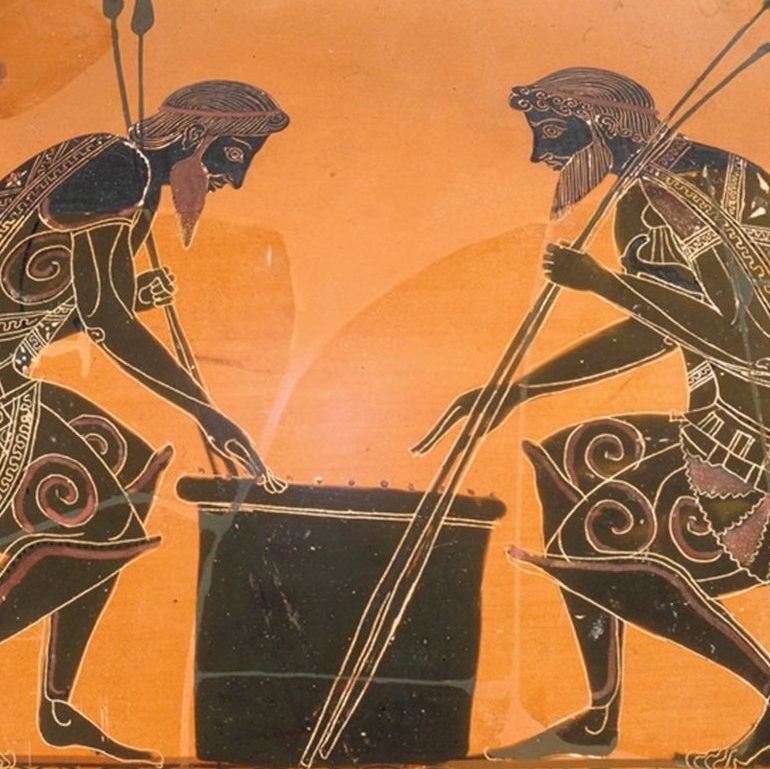
All Indian Nations have a story of the conquest. For many Western Tribes, like the Apache and the Sioux, the story includes tenacious resistance to European advances and a bitter defeat. For some Eastern tribes, like those historically known, controversially, as the Five Civilized Tribes – the Cherokee, Choctaw, Chickasaw, Muscogee (Creek), and Seminole – the story is different but still awful. These Tribes by and large attempted quite early to adapt to the European arrival, befriending the French and English, and then the Americans, adopting European agricultural practices, often European dress, and pursuing European-style education. The Choctaw will tell you that they were never at war, once, with the U.S. government. These Tribes were remarkably successful in adapting to circumstance and drawing, often, what was best
historically known, controversially, as the Five Civilized Tribes – the Cherokee, Choctaw, Chickasaw, Muscogee (Creek), and Seminole – the story is different but still awful. These Tribes by and large attempted quite early to adapt to the European arrival, befriending the French and English, and then the Americans, adopting European agricultural practices, often European dress, and pursuing European-style education. The Choctaw will tell you that they were never at war, once, with the U.S. government. These Tribes were remarkably successful in adapting to circumstance and drawing, often, what was best from it. There was a significant degree of intermarriage with Europeans.
from it. There was a significant degree of intermarriage with Europeans.
Nonetheless, originating with President Andrew Jackson, the removal program (known as The Great Removal and, by the Tribes, The Trail of Tears), lasting from 1830-1838, and in violation of multiple treaties, coercively and forcefully transferred these peoples from their native and – as recognized through treaties – sovereign lands in the deep and mid South to what was then known as Indian Territory, now Oklahoma. The  Tribes suffered great loss of life, as well as cultural and spiritual dislocation, as a consequence of these removals to new lands guaranteed to them by the U.S. government.
Tribes suffered great loss of life, as well as cultural and spiritual dislocation, as a consequence of these removals to new lands guaranteed to them by the U.S. government.
Sixty years later, after the Five Tribes had recreated themselves on new land, these new Tribal lands were once again taken, through an “allotment” scheme designed to provide individual Indians with private property, which might then be, largely, sold to white settlers – all preparatory to admittance to the union of a state called Oklahoma (which means “red people” in the Choctaw language) and the formal dissolution of an organized Indian national presence in the territory.
Resistance failed. Accommodation failed. Conquest was a bound and determined end.
Over a twentieth century made difficult by multiple changes in national Indian policy, the Tribes struggled to overcome the devestating economic and cultural effects of the loss of a landbased soverign unity. Increasingly over the past thirty years, they are succeeding once more.

The Choctaw Nation Indian Hospital, centrally located within the Choctaw service area at Talihina, Oklahoma, and the centerpiece of the Choctaw Nation Health Services Authority, is the first Native American hospital to be financed independently of the Indian Health Service.

Choctaw Health Services also runs outpatient clinics at seven other locations in southeastern Oklahoma, as well as a diabetes clinic, substance abuse recovery center, two children and family services centers, and an innovative teen pregnany project, as one of only two Indian Tribes to win grants to fund a demonstration AFL (Adolescent Family Life) program from the U.S. Department of Health and Human Services.

As a local, rural, community hospital, the Choctaw hospital provides ER services to anyone. Non-emergency hospital and health services are available to enrolled members of any of the 562 federally recognized Indian Tribes.

The Choctaw Hospital is a $22 million, 145,000 square foot health facility with 37 hospital beds for inpatient care and 52 exam rooms.

The hospital provides medical services in over twenty-five areas, including cardiology and general surgery.

Doctors, nurses, and staff administer over 150,000 outpatient visits a year. And even though a rural hospital, ER services are round the clock.


AJA
Follow Me
I have had the